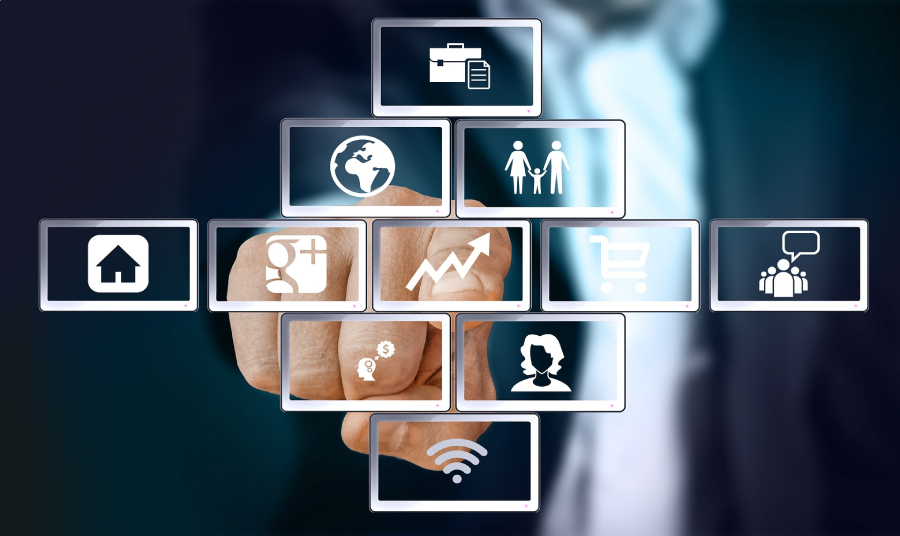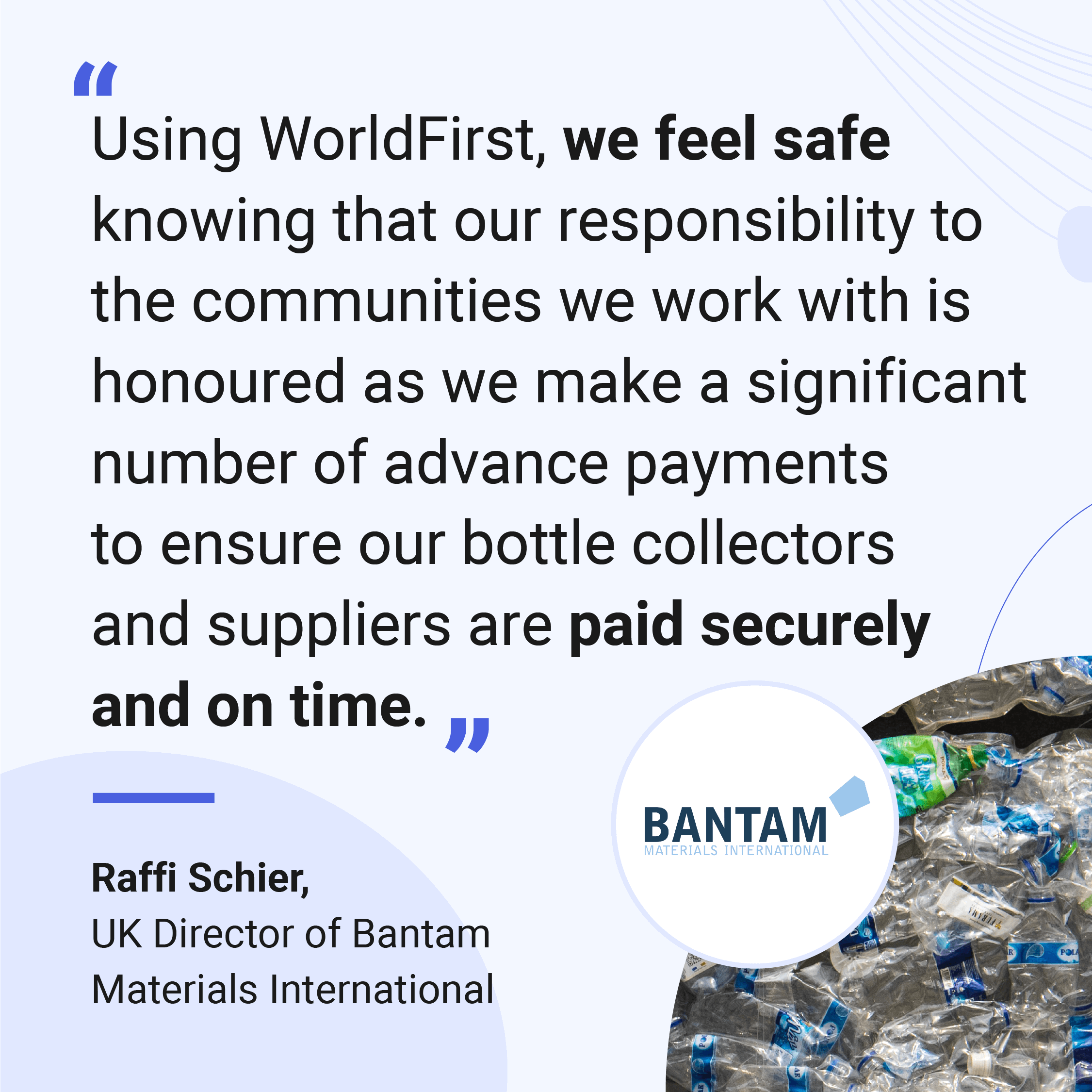
Running an e-commerce store involves a lot of repetitive tasks. Managing orders, scheduling social media posts, processing supplier invoices –– the list goes on and on. Sometimes, there is not enough time in the day, especially if you run a dropship store alongside your nine-to-five job.
Hyperautomation represents a new way of working. It uses machine learning and automation to eliminate mundane e-commerce tasks, giving business owners the freedom to concentrate on more creative aspects of building their brands.
This article will explain what hyperautomation is, and how you can embrace aspects of automation in e-commerce enterprises — both large and small.
What is hyperautomation?
You've heard of AI, automation, and platform integrations; hyperautomation combines all of these technologies and more to help small business owners eliminate unnecessary tasks in their daily workflows. Further, hyperautomation combines robotic process automation (RPA) and machine learning to identify inefficiencies and provide data to help you make savvier business decisions at a faster pace.
The pandemic has revealed how quickly businesses need to adapt to stay profitable. For example, you may have employees absent from work, or your supplier might be experiencing a materials shortage. You need to ensure that you have the tools to operate your business despite external setbacks. Hyperautomation can help you stay afloat no matter the obstacles.
With the help of integrated automated processes which harness machine learning, you can achieve things like covering your absent employee's workload and gathering the right business data to share with a new supplier.
Elements of hyperautomation
To understand more about hyperautomation and how it can benefit your brand, it helps to break down all of the different elements that go into creating a hyperautomated business model. Some of the hyperautomation processes in e-commerce include:
Robotic process automation (RPA)
RPA is also known as software robotics and is a process that combines AI with machine learning to perform actions. It's the equivalent of hiring a team of bots to complete mundane tasks automatically. An example of RPA in action might be a chatbot on your website, which helps customers find answers by activating an interactive FAQ. RPA can resolve queries quickly and turn visitors into loyal customers.
Artificial intelligence (AI)
AI collects data from multiple sources and combines it into actionable insights business owners can use to improve their results. By examining various data points, AI can detect a repetitive process and perform an action based on that learning.
For example, AI can trigger pop-up notices to customers likely to abandon your checkout page. Based on data it has collected over time, it can personalise a pop-up message based on similar visitors’ previous on-site behaviours. AI can sort and identify the best message to send to encourage conversions — whether it's a discount offer for first-time customers, or a refer-a-friend deal for returning buyers.
Machine learning (ML)
Machine learning is similar to AI in that it collects data and performs actions based on pre-programmed scenarios. However, ML incorporates deep learning and produces better results for businesses. ML in e-commerce absorbs the data from AI and identifies opportunities to integrate with other systems to streamline processes even further.
For example, machine learning can help brands develop dynamic pricing models that increase profits over time. Data pulled from various AI sources can offer customers a sliding scale of prices to encourage purchases. For instance, it can lower prices at certain times of the day. Or, ML can apply discounts based on customer lifetime value, as well as monitor competitor activity to present your customers with the best value deals on the market.
Open a World Account for free
- Open up to 15 local currency accounts, with local sort codes, account numbers and IBANs
- Collect secure payments from 130+ marketplaces, overseas buyers and payment processing gateways
- Pay suppliers, partners and staff in 40 currencies without hidden fees
- Pay and get paid easily with local bank details on your invoices
- Lock in conversion rates to manage your currency risk
Benefits of hyperautomation within e-commerce
Even small e-commerce brands use many automated processes in their daily workflows. However, combining multiple systems into an integrated hyperautomation model can bring a number of benefits.
1. Hyperautomation closes efficiency gaps across all systems
If you sell on Amazon as well as your website, you may have connected both systems to the backend of your e-commerce platform, allowing you to manage inventories from one dashboard. However, if you don’t include all sales channels in your promotions–– such as limited-time offers or retargeting campaigns –– you may get an abundance of orders your suppliers can’t process.
When you integrate hyperautomation into your inventory management and promotions systems, machine learning can provide you with the data you need to do things like set optimal timing windows for limited-time offers. It can also aid with tasks like preventing your suppliers from becoming overwhelmed with orders.
2. Hyperautomation enhances communication between departments
Hyperautomation helps streamline every process within your e-commerce supply chain. So, at all times, everyone involved with your brand knows exactly when they need to perform specific actions.
For example, an RPA can be trained to lower a bid amount on a particular ad set that is doing well in your social media analytics dashboard. It can also trigger ads to run on other platforms to make up for any lost ad performance. When it has performed the action, the RPA can also notify finance teams to let them know that the ad spend is over budget on a certain day. It can then strategically lower bids the following day to make up for losses without the need for a human to 'OK' the changes in spending patterns.
3. Hyperautomation can help you make better business decisions
Hyperautomation integrates every aspect of automation within your e-commerce tech stack and provides real-time ROI data you can use to make better business decisions.
For example, by combining your KPI data with machine learning, you can get a clearer picture of which products generate a good ROI in terms of ad spend, and which products need to be switched out to drive more conversions.
4. Hyperautomation helps small brands scale up
SME owners wear many different hats and sometimes find themselves overwhelmed. Preserve your intellectual resources by using automation to provide real-time insights into your industry.
For instance, if your business is rapidly growing, hyperautomation allows you to hire a 'bot workforce' to help you scale-up your operations without the cost of hiring new human employees.
Similarly, if your industry takes a hit and sales figures fall, you can use hyperautomation to test out new advertising schemes, or revenue streams, to help make up for your losses.
5. Hyperautomation increases customer satisfaction
Getting automated assistance in gathering and processing customer data across multiple touchpoints can help business owners provide better customer service.
Using AI and machine learning in your workflow can help you identify consumer trends and provide you with the data you need to make the right changes to your business model.
For instance, you can use RPA to trigger customer survey requests whenever a customer completes an order, or even when they visit your website a number of times.
Tools to help automation in e-commerce
If you want to start looking into tools that can help you achieve hyperautomation in your business, check out the following services:
OPTMYZR
OPTMYZR is a campaign optimiser platform that allows you to control your ad spend across multiple platforms and combine data with your store inventory software. Use it to make sure that you never run out of stock again during increased demand periods.
Blue Prism
Create an intelligent automation platform that can be customised to meet your changing business needs with Blue Prism. The platform provides bot automation templates you can start running straight away. It also offers full customer support to help you create bespoke automation ecosystems.
Cetrix
Combine your brick-and-mortar store or your e-commerce platform with Cetrix Cloud Services. The service offers hyperautomation tools that integrate with all of your customer and supplier touch points. Connect your existing CRM system to gain intelligent business insights and provide a consistent brand experience across all interactions.
Servicetrace
Servicetrace is owned by Salesforce and helps e-commerce sellers set up RPA to streamline their processes without having to learn how to code. With its simple setup tools, e-commerce brands can start reaping the benefits of machine learning in an instant. Use the service to run a 'stress test' on your webshop and identify areas where their XceleratorOne RPA software can help you. You can also access full support to help you create hyperautomation environments that enhance your business.
Integrate the WorldFirst payment gateway into your hyperautomation systems
Gain real-time insight into changing world currency exchange rates with WorldFirst. When you open a World Account, you can fix an exchange rate for up to 24 months with a forward contract. Combine this within your hyperautomation workflow to optimise your international payments.

Businesses like yours trust WorldFirst
- Almost 1,000,000 businesses have sent $150B around the world with WorldFirst and its partner brands since 2004
- Your money is safeguarded with leading financial institutions

What our customers say about our services





